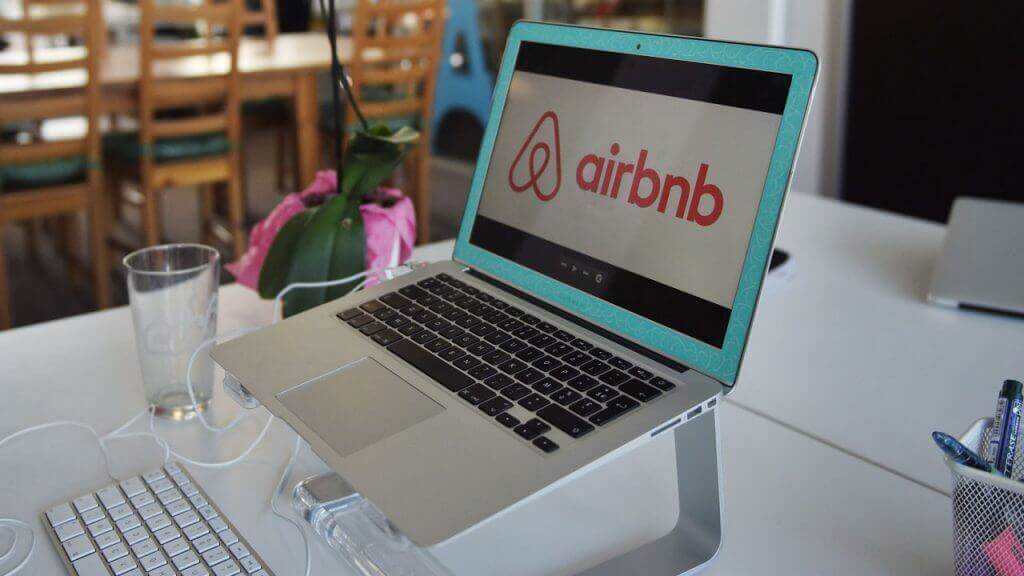
As well-known as it is today, Airbnb had quaint beginnings. Unable to afford the rent for their San Francisco loft, founders Brian Chesky and Joe Gebbia turned their living room into a mini bed and breakfast, hosting three guests from a local sold-out trade show where lodging was scarce. The original design for AirBed and Breakfast provided temporary living quarters, breakfast and business networking opportunities for those who were unable to book a place to stay for local events due to demand.
Having grown quickly from a niche site providing accommodations for high profile events, Airbnb turned the hospitality and travel industry on its head and generated a great deal of press and brand recognition in the process. Since its humble beginnings, Airbnb has made no secret of its heavy use of data science to build new product offerings, improve its service and capitalize on new marketing initiatives. Here’s how they do it – and what you can learn from them:
Data is the Voice of the Customer, Data Science is the Interpretation of that Voice
Riley Newman, former head of data science at Airbnb, explains that the company looks at data as the voice of the customer, and data science as the interpretation of that voice. What’s more, Airbnb data scientists are not sitting around, holed up in their cubicles poring over spreadsheets. Instead, they’re actively engaged and organized to partner directly with engineers, designers, product managers and others on various teams.
Data Tackles Diversity
Airbnb uses data to not only improve their service and search, but their hiring practices and customer groups as well. They’ve actively looked to hire female data scientists and take great strides to ensure that there is no unconscious bias in their hiring practices. Much in the way one would approach conversion optimization, they looked at the top of their hiring funnel and found that, historically, about 30% of their applicants were women. That meant that the opportunity to include a more diverse workforce was ripe.
But simply “hiring more women” wasn’t enough. Traditionally, the job of “data scientist” isn’t something young girls dream of. There are plenty of opportunities sprouting for girls who code, as well as women engineers, but very little in the way of data science. So Airbnb created it through a series of community events and talks. Women from all types of data science backgrounds were invited to speak, collaborate and mingle. The events were sold out.
However, they still weren’t done. They continued to scrutinize their interviewing process to ensure that applicants weren’t just a match analytically and communicatively, but culturally as well. They do this through a set of one-on-one conversations, a presentation and a take-home challenge. For the conversational point, the conversation was strong, but very different for both the presentation and the take-home challenge.
Read rest of the article at Kissmetrics




